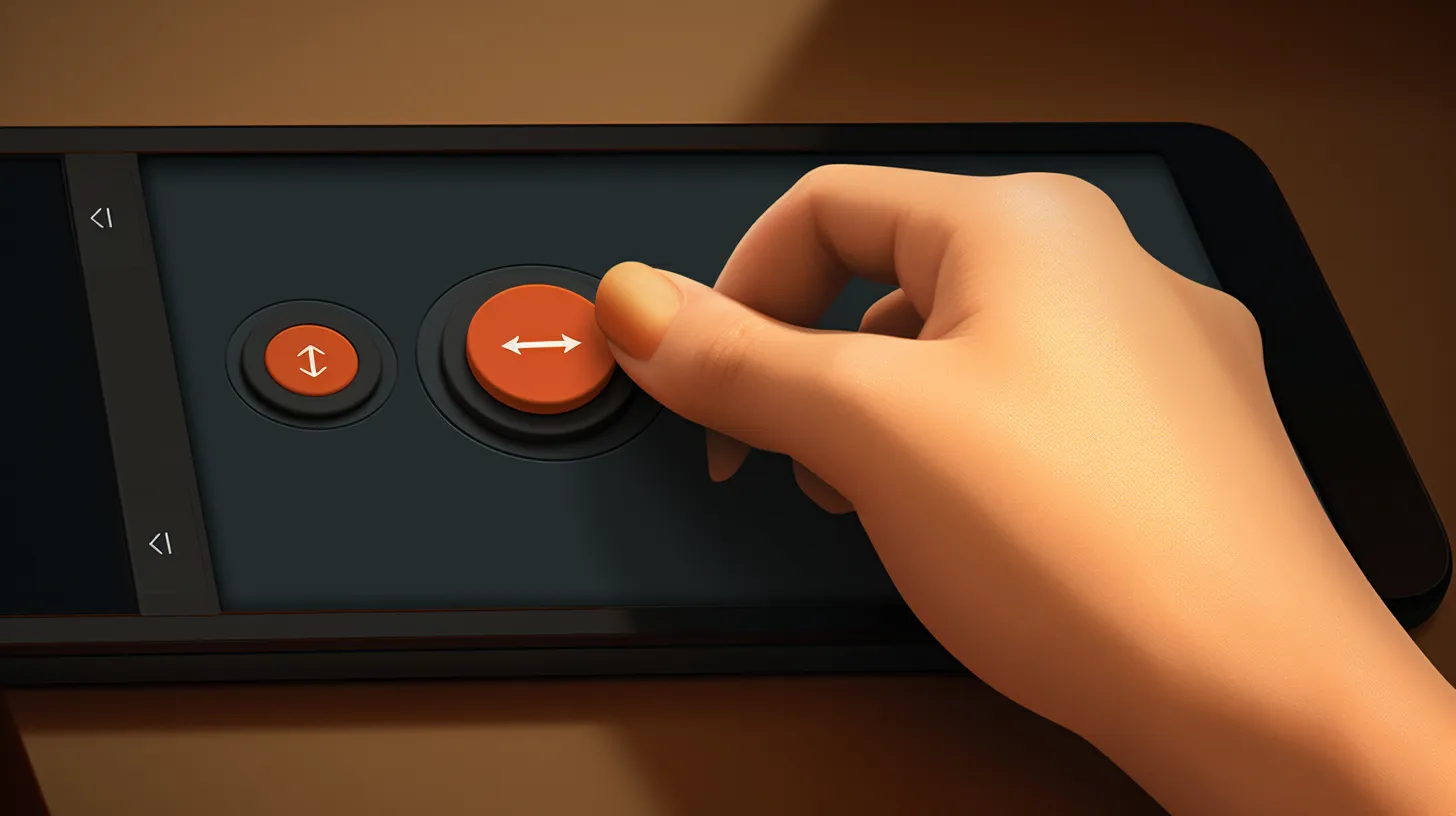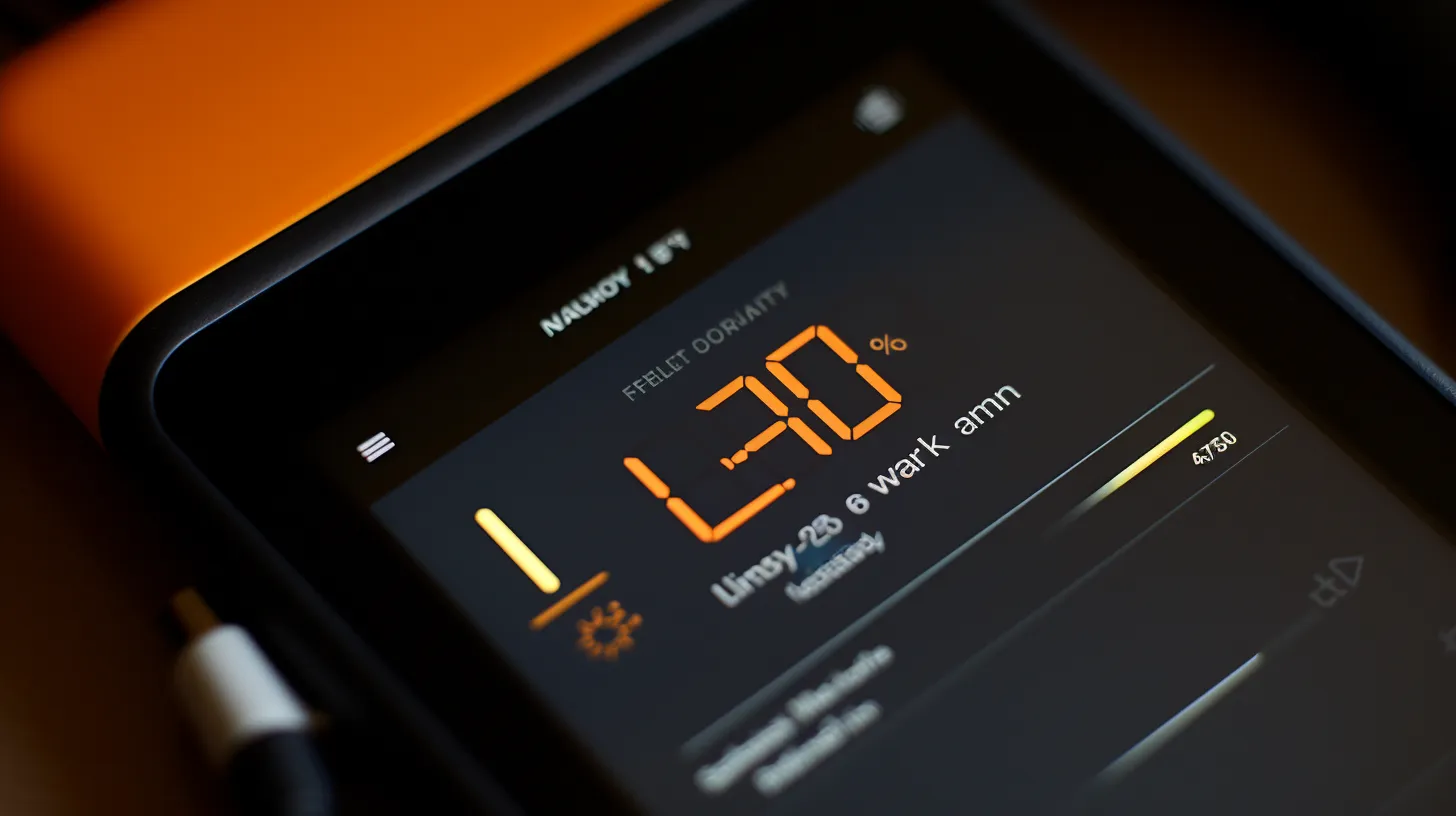Last Updated on December 8, 2023 by tech pappy
If you’re unsure about whether to turn off your Amazon Kindle or simply put it to sleep, it’s important to consider the impact on battery life and device performance.
In this article, we’ll explore the functions of the Kindle power button, battery usage in sleep mode, and the risks of powering down. Real user insights and experiences will provide practical examples.
Additionally, we’ll discuss the Kindle battery indicator and screen life to help you understand how your choices can affect battery life and functionality.
Kindle Power Button Functions

If you want to put your Kindle to sleep, you can do so by leaving it inactive for 10 minutes or by quickly pressing and releasing the power button. Troubleshooting the power button can be crucial for managing your Kindle’s power functions.
When it comes to the impact of sleep mode on device performance, sleep mode has negligible battery usage. Some users claim that the WiFi connection remains active in sleep mode, while others believe the Kindle periodically checks for updates or new books.
However, Amazon recommends turning off wireless when not downloading content to conserve battery power.
Powering down the Kindle with a long press of the power button may risk corruption or loss of data. Thus, it’s important to weigh the risks and advantages of each power function to make an informed decision that suits your usage patterns.
Battery Usage in Sleep Mode

To understand the impact of sleep mode on your Kindle’s battery life, consider the following:
- Impact of Wi-Fi connection on battery usage in sleep mode: The Kindle may still maintain an active Wi-Fi connection in sleep mode, potentially impacting battery life.
- Some users have reported significant battery drain when leaving the Kindle in sleep mode with the charger cable and Wi-Fi connected.
Comparing battery drain in sleep mode with and without the charger cable connected, especially when Wi-Fi is active, can provide insights into the overall impact on battery usage.
It’s important to monitor these factors to optimize your Kindle’s battery life and ensure a seamless reading experience.
Risks and Disadvantages of Powering Down

You may experience a slight battery drain when powering down your Kindle, as resuming from sleep mode generally uses less power.
While some claim that powering down and starting up the Kindle requires more power than resuming from the sleep state, there are concerns about potential data loss or corruption when using the long-press power down option.
However, the Kindle’s shutdown command is believed to be smart and unlikely to cause damage unless the device is locked up and requires a hard restart.
It’s important to note that the Kindle uses a small amount of battery power in sleep mode, but the exact amount may vary.
To avoid potential data loss risks, it’s advisable to consider the trade-offs between powering down and keeping your Kindle in sleep mode based on your usage patterns and preferences.
User Opinions and Experiences

Experiences with Kindle battery life vary among users, with some reporting significant drain in sleep mode while others have enjoyed long battery life even with extended periods of inactivity. Here are some user opinions and experiences to consider:
- Impact of WiFi Connection:
- Some users have reported considerable battery drain when leaving the Kindle in sleep mode with the WiFi connected.
-
Others have experienced long battery life even with the WiFi off in sleep mode.
-
Comparison of Battery Usage:
- Certain users claim that their Kindle’s battery life is equally long in both sleep mode and when turned off.
- However, some users believe that resuming from sleep mode uses less power compared to powering down the device.
These insights highlight the variability in user experiences regarding Kindle battery life, particularly in relation to WiFi connection and the choice between sleep mode and powering off.
Kindle Battery Indicator and Screen Life

Some users may encounter issues with the Kindle’s battery indicator and screen life.
Wi-Fi usage overnight can contribute to battery drain, especially in sleep mode.
It’s important to note that different Kindle models may have varying screen life, with some users reporting that constant screen use in sleep mode may reduce screen longevity.
Additionally, some users have experienced battery drain issues and have noted that the battery indicator may not show full even after a full charge. This discrepancy can be frustrating, as the device may not turn on even though it appears to be in sleep mode.
Furthermore, plugging in the Kindle may trigger the low battery indicator, requiring some time for the device to charge enough to respond.
Be mindful of these factors when considering the battery life and screen longevity of your Kindle.


